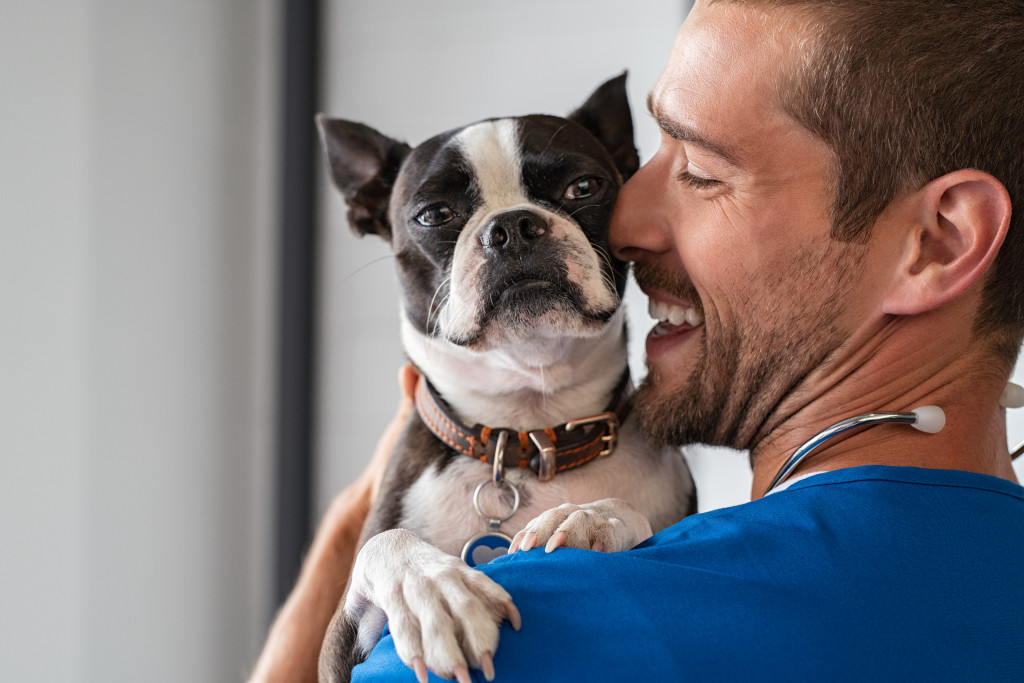- Planning ahead is essential, with updated IDs, documents, and necessary supplies.
- The safety and security of your pets must be ensured during the move with containment or pet sitters.
- Gradual introduction to the new home and maintenance of routines help ease the transition for pets.
- Monitor the behavior and health of your pets to ensure their well-being after the move.
- Regular breaks and provision of water and food during long journeys ensure safe arrival.
Moving to a new home can be a stressful and chaotic experience, especially when you have pets. It’s essential to ensure their safety during the process to avoid accidents or mishaps. As a pet owner, you want to make the transition as smooth as possible for your furry friend. This post will provide some tips to help ensure the safety of your pets when moving to a new home.
1. Plan ahead
Before your move, make sure to plan ahead for your pet. Gather all necessary documents from your veterinarian, such as health certificates and vaccination records. Ensure your pet’s identification tag and microchip information are up to date, so they can be easily identified if they get lost during the move.
You should also plan for their meals, water, litter box needs, and any toys they may need to help them settle into the new space. Most importantly, make sure your pet is well-rested before the move. This will help reduce stress levels and make the transition easier.

2. Keep them safe and secure during the move
When the moving day arrives, keeping your pets safe and secure is essential. Place them in a closed room, away from all the hustle and bustle, so that they won’t get stressed out or escape. Pets can quickly get out of a home or car during the move, so keep them in a crate or carrier to avoid accidents.
You should also consider hiring a pet sitter or taking them to a friend’s or family member’s house. This will keep them out of the way and prevent any potential issues. You can also leave them at a boarding facility or pet hotel until the move is complete. Just make sure to research all of your options and select the best one for your pet.
3. Introduce them to the new home gradually
Let your pet explore the area gradually when you arrive at the new home. Introduce them to one room at a time and give them time to settle in. Ensure your new home is pet-friendly by securing windows and doors and removing any harmful objects they could ingest. You want to make sure the space is safe and secure for them.
You should also check for pests on the new property. For example, fleas, ticks, and other insects can threaten your pet’s health. Termites can also cause damage to your home and furniture and bite your pet. If you find a small infestation in your home, you can hire termite spot treatment services to remove them quickly. They can also prevent future infestations by providing long-term protection.
4. Take breaks on long journeys
Take breaks regularly if you’re traveling a long distance with your pets. Provide them with enough water and food during the journey. Never leave your pet unattended in a parked car, especially during warm weather, as the temperatures inside the vehicle can quickly increase and harm your pet. You want to ensure your pet arrives safely at the new home.
5. Maintain their routine
Moving can be stressful for pets, and adjusting to their new environment can take some time. To help with this, maintain their routines as much as possible. Here are some specific tips:
a. Establish a routine for feeding, walking, and playing with your pet.
You want to keep them comfortable and make sure their needs are met. Some pets may need extra attention and care during the transition, so provide them with plenty of love.

b. Create a peaceful space where your pet can relax and feel safe.
Many pets feel more secure in smaller spaces, so set aside a quiet spot to retreat to when they need some alone time. This will help them feel more at ease in their new home.
c. Spend quality time with your pet to help them adjust.
Even if you’re busy unpacking and settling into your new home, making time for your pet is essential. Spend quality time with them and provide them with the attention they need.
d. Monitor their behavior and check in with your vet regularly.
Observe your pet’s behavior for any signs of distress or anxiety. If you notice any changes in their behavior, contact your veterinarian to ensure they are healthy and adjust to the new environment.
Moving can be overwhelming, especially for pets. But with proper planning, safety measures, and patience, the transition can be made more comfortable for your furry friend. Follow these tips to ensure a stress-free move and a happy, healthy new beginning for you and your pet. Remember, when it comes to the safety of your pets, it’s better to be over-prepared than underprepared!





